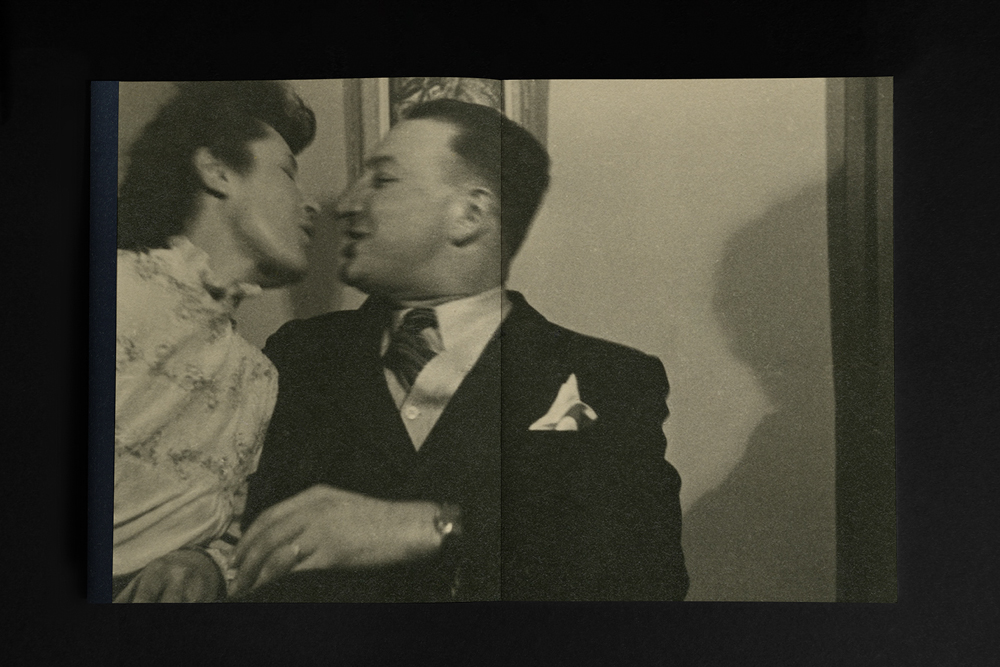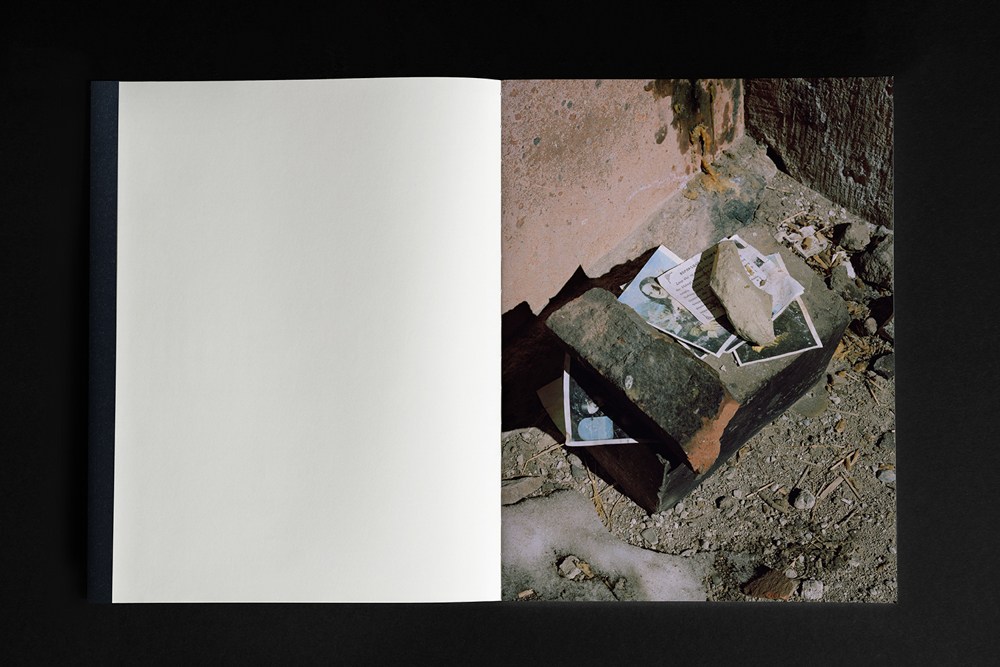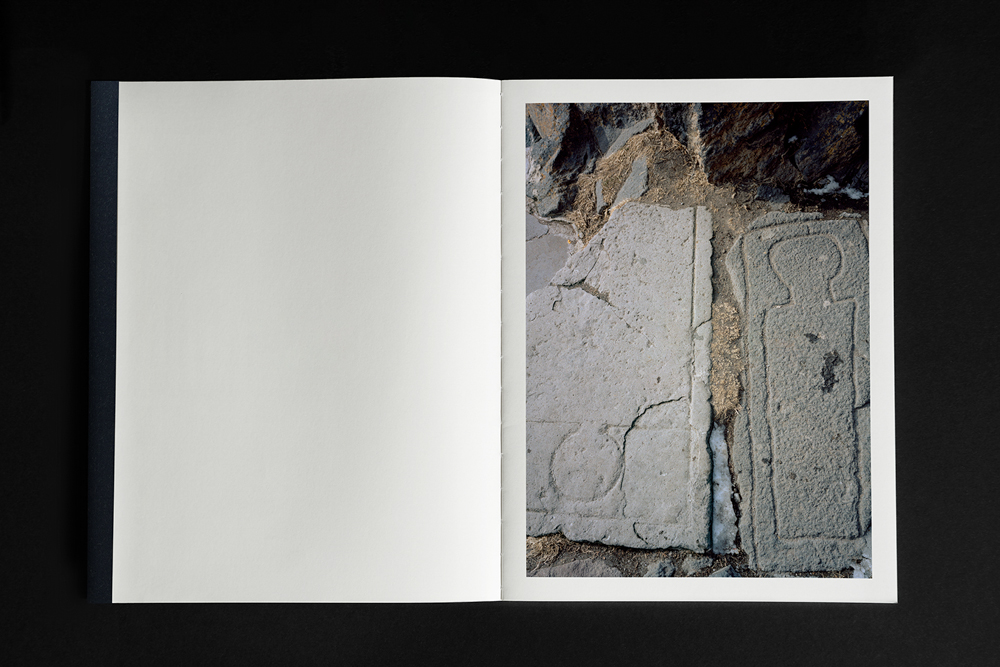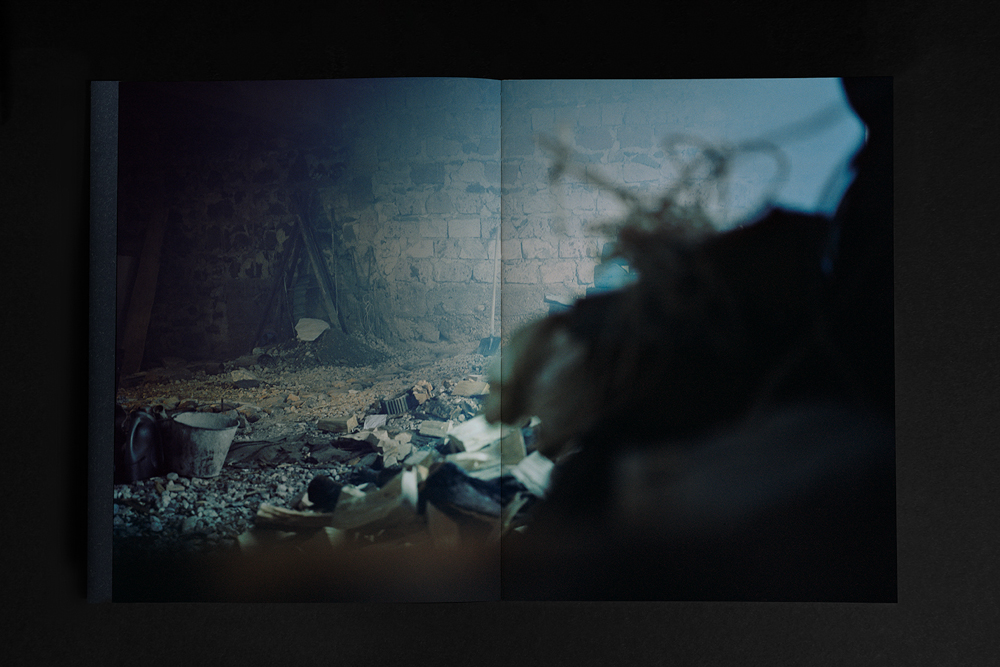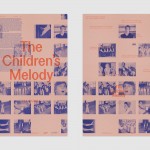Rebecca Topakian: Dame Gulizar and Other Love Stories
No one can resist a love story especially when it concerns family members who have overcome major obstacles and have experienced outlandish adventures in pursuit of romance and marriage. This is the initial premise of Rebecca Topakian’s exploration of her family roots in Armenia in her monograph, “Dame Gulizar and Other Love Stories“. Dame Gulizar is Topakian’s great-grandmother who was not a Dame as this tale begins, but rather the love interest of her great-grandfather, Garabed. Unfortunately for Garabed, he was not deemed an appropriate match for Gulizar by her Armenian parents living in Turkey. Garabed takes matters into his own hands and kidnaps Gulizar and whisks her away to Constantinople on horseback where he marries her. The family eventually is forced to emigrate to France where Gulizar attains Dame status for her acquiescence to romance. But this is just the beginning. of Topakian’s journey through family archives and her own exploration of Armenia and her Armenian identity.

©Rebecca Topakian, Haig Topakian as a young man doing his military service. from Dame Gulizar and Other Love Stories
There is a certain level of mystery that unfolds as one pages through this beautifully designed volume filled with bold Armenian landscapes in juxtaposition to intimate portraits of swarthy Armenian men. One gets the impression that Topakian is on the lookout for a Garabed figure of her own to guide her through the wondrous topography of contemporary Armenia in search of her own mythology. An underlying contemporary sexual tension pervades the book and appears to reference indirectly the plight of her great-grandmother. Her family’s roots in Armenia are never far from the visual narrative.

©Rebecca Topakian, Haig as a young man, printed on glass from lake sevan from Dame Gulizar and Other Love Stories
As Topakian explains, “Armenians have a deep connection to their lands, mountains, and rocks…. As I wandered through Armenia, I felt a strong urge to collect stones along the way. These were pieces of black, red, and brown obsidian, tuf, and this mysterious blue stone that fishermen around Lake Sevan sell to tourists as precious moonstones—though they’re likely just remnants of glass from an old Soviet factory. I decided to incorporate these stones into my work, printing my family photos onto them. It was a very naive artistic gesture: put my ancestors back on a land where they belonged. The process of printing in the darkroom, using liquid emulsion, was as earthy as any analog method. They say analog photography is an imprint of reality. Here I was, taking the tiny silver halides that once captured the light reflecting off my great-grandmother onto paper, and using them to illuminate new silver halides, imprinting the light of Gulizar—this time on Armenian obsidian.
When it came to creating a book, I struggled to bring together all the elements: my photographs, family archives, and the stones. That’s when my designer, Aneta Kowalczyk, suggested a beautiful idea: why not return these imprinted stones to the land? This led to our final design, where the imprinted stones are printed on transparent tracing paper, allowing them to merge with the landscape on the following page…”
Rebecca Topakian graduated from the École Nationale Supérieure de la Photographie of Arles in 2015. With a background in philosophy and geography, she questions notions of identity, memory and disappearance in her work, by exploring the in-betweens, the mythologies and fictions of identity, whether they’re familial or national. For Topakian, identity is articulated in the relation between poetry, intimacy and politics. She has participated in many exhibitions in France and abroad. Her first book, Infra- (Classe Moyenne Editions, 2017) was shortlisted for the author book prize of les Rencontres d’Arles. She was shortlisted for FOAM Talent 2019 and was laureate of the national commission “Regards du Grand Paris 2020”. In 2021, she was laureate of the Fondation des Artistes grant and the CNAP grant for documentary photography, the BUP Book Award, the Bourse Transverse for a duo of photographer and fine artist, and the Fénéon Prize. She was awarded the ADIAF x Katawiki prize for Emerging artist in 2023. Her work is currently on show at the Chicago Cultural Center.
The book can be purchased through Blow Up Press.
Instagram: @rebitopi
Instagram: @blow_up_press
Posts on Lenscratch may not be reproduced without the permission of the Lenscratch staff and the photographer.
Recommended
-
Eli Durst: The Children’s MelodyDecember 15th, 2025
-
Paccarik Orue: El MuquiDecember 9th, 2025
-
Kinga Owczennikow: Framing the WorldDecember 7th, 2025
-
Richard Renaldi: Billions ServedDecember 6th, 2025
-
Ellen Harasimowicz and Linda Hoffman: In the OrchardDecember 5th, 2025










